-
 play_arrow
play_arrow
Clubalicious Clubalicious Radio
-
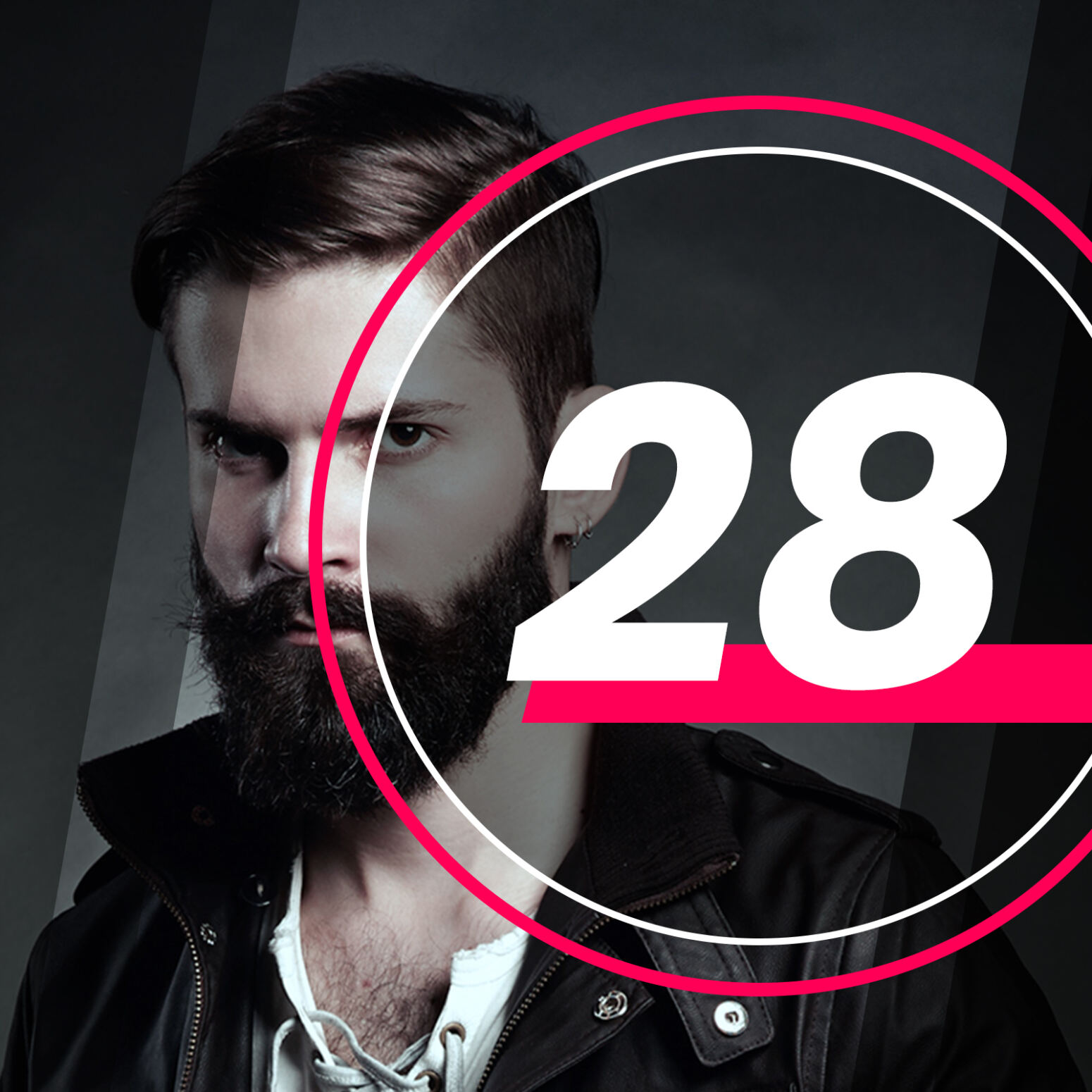 play_arrow
play_arrow
London Calling Podcast Yana Bolder

In the summer of 1987, the Grateful Dead made it into the Top 10 with the only hit single of their 30-year career: “Touch of Grey,” written by Jerry Garcia and lyricist Robert Hunter. For a band long derided by the mainstream for its loose, jamming ways and its blissed-out hippie following, this was quite a shocking (and satisfying) accomplishment. Even the video for “Touch of Grey,” featuring life-size skeleton marionettes performing the song, was an MTV sensation. WTF?
It didn’t totally come out of nowhere. The Grateful Dead had been slowly ascending in popularity for, well, their entire 22-year history. Originally known as the great acid band to come out of San Francisco’s hippie scene in the mid-to-late ’60s, they had their first real brush with national fame when they tapped into their folk and country roots and produced such memorable songs in the early ’70s as “Uncle John’s Band,” “Casey Jones,” “Ripple,” “Sugar Magnolia,” “Truckin’” and “Playing in the Band.” In the music industry, styles and fashions came and went through the years, but the Dead always seemed to be charting their own course, oblivious to the “real” world. They didn’t need hits because their ever-growing and famously devoted fan base made them one of the top touring bands in the U.S. By the early ’80s, they were easily selling out large arenas and the top sheds of that era.
By 1985, however, it had been five years since they had put out a studio album, with nothing on the horizon. That spring they decided to begin work on a long-form video instead. In late April, they secretly booked the 2,000-seat Marin Veteran’s Auditorium in San Rafael, Calif.—just a few miles up the road from the Dead’s office and their funky recording studio, Le Club Front—and hired Guy Charbonneau’s Le Mobile recording truck and One Pass Video’s Mobile One to capture three days of sessions there, sans audience.
The thinking was that because the Grateful Dead traditionally had trouble capturing the energy of their live performances in a studio, they might play better if they recorded on a theater stage. They set up as they would in a venue of that size, except instead of all the players facing out at the empty seats, Garcia, rhythm guitarist Bob Weir and bassist Phil Lesh formed a half circle facing drummers Bill Kreutzmann and Mickey Hart on the back line (and keyboardist Brent Mydland off to one side), so everyone could see each other clearly. This also created interesting visual angles for the cameras. Because there was no crowd, there was no P.A., but recording engineer John Cutler—a tech wizard who had worked with the band since the early ’70s—did put up a few mics around the hall to capture the sound of the amps in the room. Onstage, the group employed its traditional stage monitoring setup, with Harry Popick mixing through a Gamble console to the band’s Meyer wedges.
Over the course of three long days, the Dead tackled a wide range of songs, including numerous stabs at some of their unrecorded numbers. At that point, it was not clear what form the eventual video might take, and three additional days at the Marin Vets in November ’85 did nothing to clarify matters. Then, in the summer of 1986, calamity struck: Following the group’s summer tour, Garcia collapsed and went into a coma that was apparently related to an undetected diabetic condition, coupled with his notoriously unhealthy lifestyle. He teetered on the brink for several days, and once he was out of danger, his brain was scrambled and he was extremely weak. Over the next few months, he essentially had to relearn how to play the guitar, and his doctors dictated a serious health and diet regimen. By December ’86, the Dead were back in business and the revitalized Garcia looked and sounded the best he had in years.
Classic Tracks: Crosby, Stills, Nash & Young’s “Ohio”
Having cheated death, Garcia now enthusiastically poured himself into a variety of projects, including, finally, recording a new album. Though the ’85 Marin video sessions had produced only intermittently strong performances, the band liked the experience enough that in January ’87, they went back there—with Le Mobile once again in tow, but no video truck—to begin recording the album that would soon be named In the Dark.
“We did basics in two weeks,” Cutler, who engineered and also co-produced the record with Garcia, told me in 1987. “There’s no reason why they can’t be successful as a recording band, but I think it’s apropos that they do their basic tracks as if they were playing live, because that’s where their expertise lies… But it’s definitely a studio recording.”
Charbonneau noted recently, “When we came back and did the album, it was like a different Grateful Dead. They worked really hard, and Jerry was much more into it than he was earlier.”
Le Mobile was (and still is) equipped with a classic Neve 8058 console, with its coveted 1073 mic pre’s. In those days, the Grateful Dead were staunch advocates of 16-track recording, but Cutler noted that he’d heard raves about Dolby’s just-released SR noise reduction system, did an A-B test with and without it on some Mickey Hart drum tracks, and ultimately opted to record the album basics using SR in conjunction with Le Mobile’s Studer A800 24-track recorder. “The nature of the [SR] system is that crosstalk between channels is reduced, and its dynamic range increased,” Cutler said. “So I don’t have to pull two [16-track] tape machines all the time, which means you use half as much tape, which is nice economically. From a hassle point of view, you don’t have to wait to lock things up. And it is transparent.” Cutler and the Dead liked SR enough that they bought cards from Dolby for Club Front, where all the keeper vocals and most of the other overdubs for In the Dark were done to a Studer A80 16-track through the studio’s own 24-channel/16-bus Neve 8068, which Garcia had purchased in 1977. “We also had a smaller sidecar Neve BCM-10 tied into the stereo bus for more inputs/returns,” Cutler recalls.
Club Front was in a large tin-roofed warehouse building in a seedy part of the Canal District of San Rafael. There was no separate control room—the console and tape machines were out in the main room—so headphones were usually required to monitor recordings, and isolation came from curtains and goboes. More than just a studio, though, Club Front was the Grateful Dead’s rehearsal space, the place where equipment repairs were made and gear was stored, and also their “clubhouse” hangout.
The songs on In the Dark were a mixed bag of tunes that had been introduced in the early ’80s but never recorded, and a couple that Garcia wrote after he recovered from the ’86 meltdown. This “Classic Track” was written initially by Robert Hunter alone in the kitchen of a 16th century house in rural England during a visit in 1980. As he noted in a 1988 interview, “I had been up all night and I was looking blearily through the window the next morning wondering, ‘How do you survive?’ And I thought, ‘You just do.’ And I sat down and wrote from the world-weary point of view I was experiencing right then. I started detailing the things that were happening to me.” Indeed, the song serves up a poetic litany of complaints—“I see you got your list out/Say your piece and get out,” “Cow is giving kerosene/Kid can’t read at 17,” etc.—but then concedes “it’s all right” and, ultimately, “We will get by/We will survive.”
Hunter originally intended the song—which included other verses not in the Grateful Dead version—for a solo album he started in 1981 but never completed. However, Garcia was struck by it, and chose to rewrite the music in his own way. “Hunter sang ‘Touch of Grey’ as a sort of dry satirical piece with an intimate feel,” he said, “but I heard something else coming through it. ‘We will get by’ said something to me, so I set it to play big. My version still has the ironic bite in the lyrics, but what comes across is a more celebratory quality.”
The Grateful Dead first played the song live in September 1982, and its bright, anthemic qualities made it instantly popular among Dead Heads, who embraced its quirky couplets and its message of perseverance. The song took on extra meaning following Garcia’s near-death—now it was a triumphal celebration of his miraculous survival, too. It was no coincidence that the first song the Dead played when they returned to performing in December 1986 was “Touch of Grey.” As Garcia said, “There wasn’t a dry eye in the house.”
In the process of tightening the song for recording, the arrangement changed somewhat. Garcia slowed the tempo a bit and keyboardist Mydland introduced a catchy bell-like riff—played on a Yamaha DX7—that became a melodic touchstone in the choruses. A couple of the guitar leads on In the Dark were live takes from the Marin Vets tracking sessions, but the one on “Touch of Grey” was a Club Front overdub. “Jerry’s guitar amp [a Fender Twin] was usually miked with a [Sennheiser] 421 and often blended with an AKG 414,” Cutler says today. “Bobby was typically DI, but we would also use an iso’d cabinet with a mic, as well. Phil would be a combo of DI and mic.” Culter believes that Garcia’s lead vocal on “Touch of Grey” was most likely through a Neumann U 87 with a short delay.
The overdubbing was mostly completed during February and March of ’87, with Garcia and Cutler mixing together at Club Front on the Neve through Meyer 833 loudspeakers. (Mickey Hart created some of his percussion parts at his own Marin County studio, working on 16-track slave reels, then passing them back.) Once the band went out on tour, Cutler, who stayed in California, sent mixes to the group for their comments. Later, Garcia and Cutler chopped 1:15 out of the album version of “Touch of Grey” to make it more palatable as a single: “I dislike that as a matter of principle,” Garcia said, “but when it happens, it happens.”
There’s no question that the media’s fascination with Garcia’s Phoenix-like rise from the ashes contributed to the success of “Touch of Grey” and In the Dark (which also hit the Top Ten). All of a sudden, being a long-lasting hippie band didn’t look so bad. As Garcia told me with a laugh that summer, “We’re sort of like the town whore that’s finally become respectable.”
This article was originally posted in September, 2012.
Written by: Admin
Similar posts
Recent Posts
- 🎶 New Music: JID, OneRepublic, Morgan Wallen, Post Malone, MarkCutz, Kidd Spin + More!
- Classic Tracks: The Fireballs’ “Sugar Shack”
- Classic Tracks: Arlo Guthrie’s “City of New Orleans”
- Classic Track: k.d. lang’s “Constant Craving”
- Classic Tracks: Waylon Jennings’ “Are You Sure Hank Done It This Way”
Recent Comments
No comments to show.Featured post
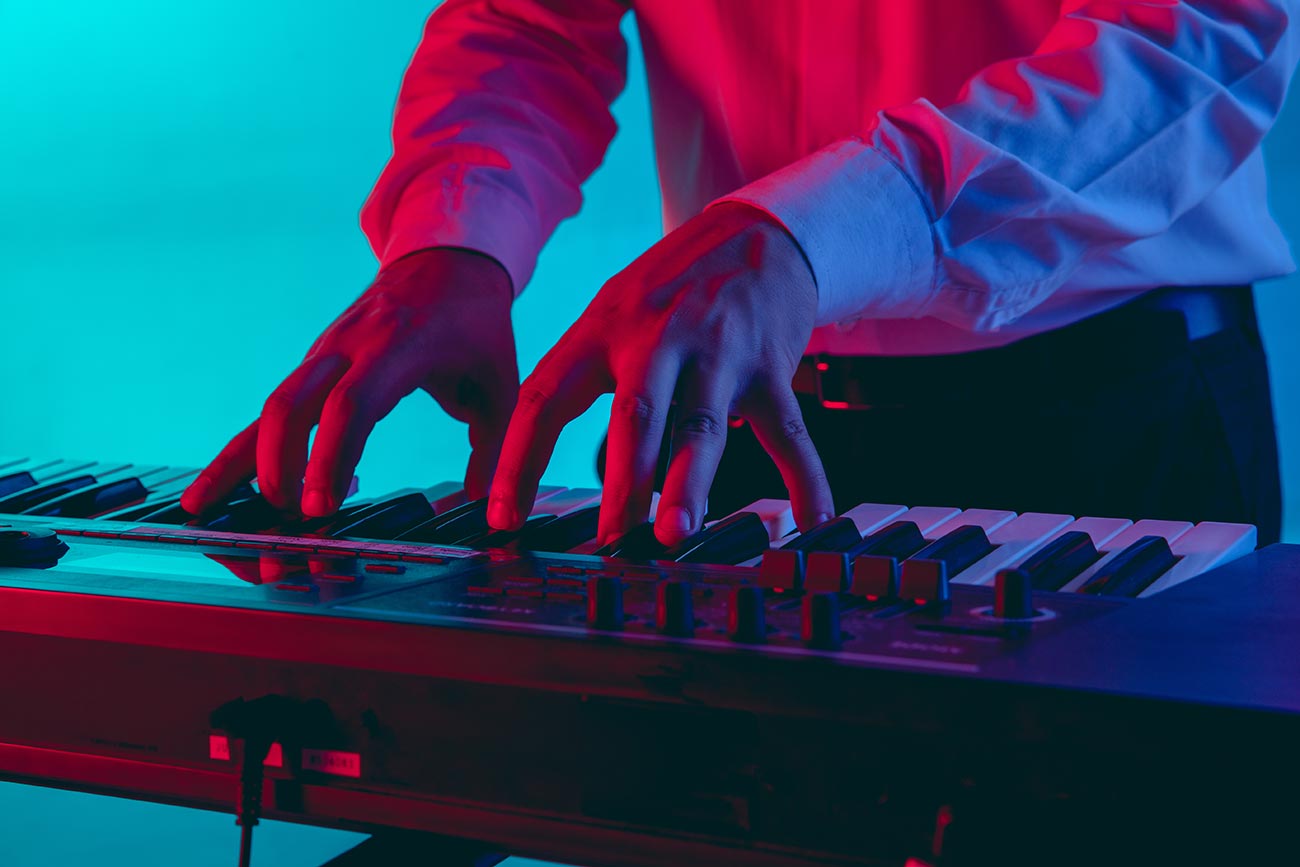
Latest posts

🎶 New Music: JID, OneRepublic, Morgan Wallen, Post Malone, MarkCutz, Kidd Spin + More!

Classic Tracks: The Fireballs’ “Sugar Shack”

Classic Tracks: Arlo Guthrie’s “City of New Orleans”

Classic Track: k.d. lang’s “Constant Craving”

Classic Tracks: Waylon Jennings’ “Are You Sure Hank Done It This Way”
Current show

Stereo Productions
Chus Ceballos
Stereo Productions is synonymous with exciting electronic music today. The label has emerged as the figurehead of the hugely prolific Spanish electronic music scene.
closeUpcoming shows

Fresh Is Fresh
This Weeks Hottest Releases
21:00 - 00:00
Love To Be
The Global Connection
00:00 - 02:00
Fresh Is Fresh
This Weeks Hottest Releases
02:00 - 09:00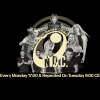
Norwegian Dance Chart
Top 40 Hottest Tracks in Norway
09:00 - 11:00
Fresh Is Fresh
This Weeks Hottest Releases
11:00 - 16:00Chart
Powered by Dee jay promotions visit us




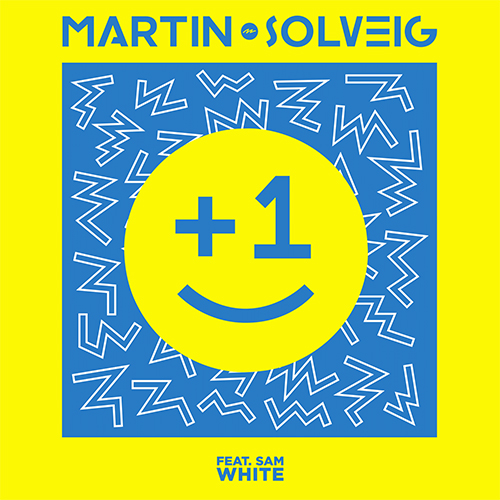
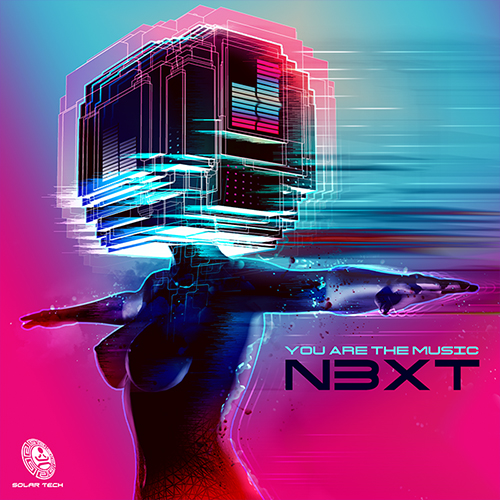
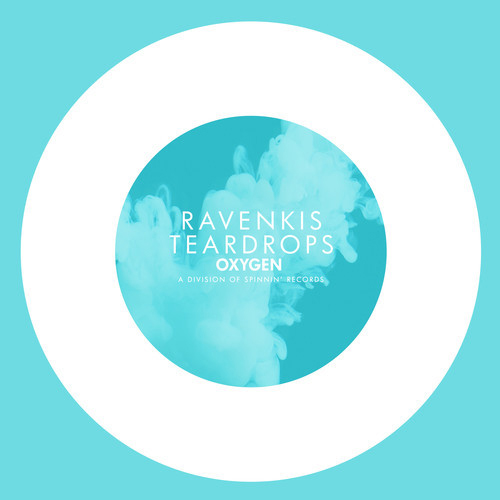
 Invalid license, for more info click here
Invalid license, for more info click here